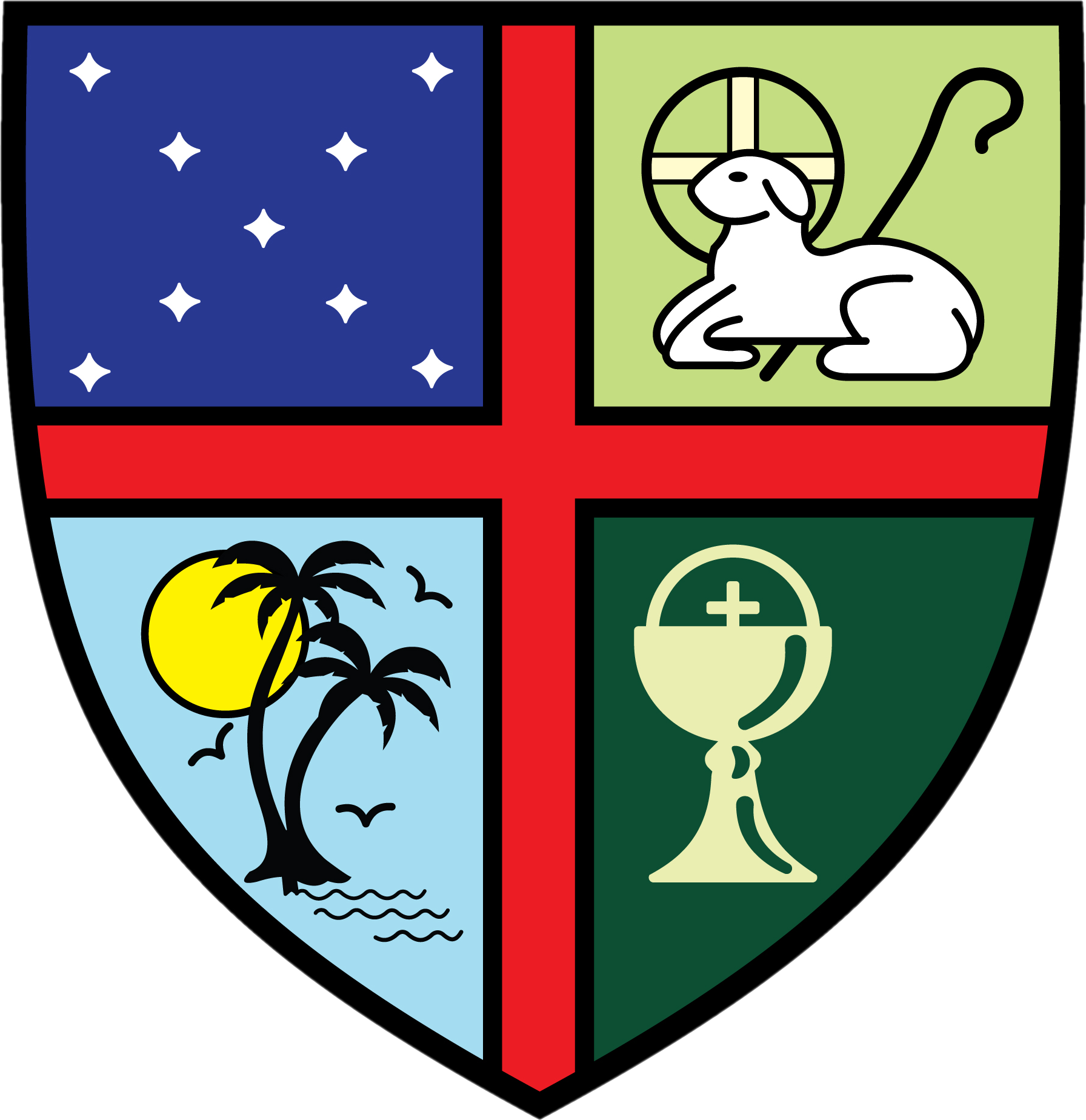HISTORY
HISTORY
The history of the Episcopal Church in Charlotte County, Florida can be traced back to the founding of the town of Trabue in 1884 by Col. Isaac Trabue. Shortly thereafter, Mrs. Virginia Trabue, his wife, requested Bishop William Gray, the Missionary Bishop of South Florida, make arrangements for Episcopal services. In 1887, a group of town councilmen decided to change the name of the community to Punta Gorda, or “Fat Point” as it was described on the Spanish colonial maps.
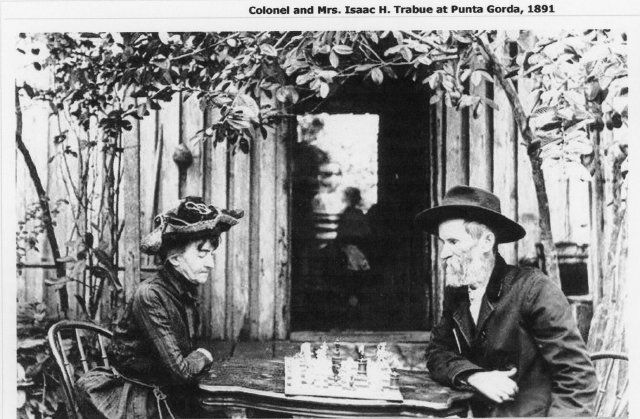
Early services were held in the Community Church building, provided by Isaac Trabue, until January 1893, when Bishop Gray met with the Episcopalians in the community to establish a mission and select property for the church building. Albert Gilchrist, who would become Governor of Florida in 1909, came forward and donated land on the corner of what is now West Virginia Street and State Route 41 South (Cross Street). The committee selected the name St. James for the new mission.
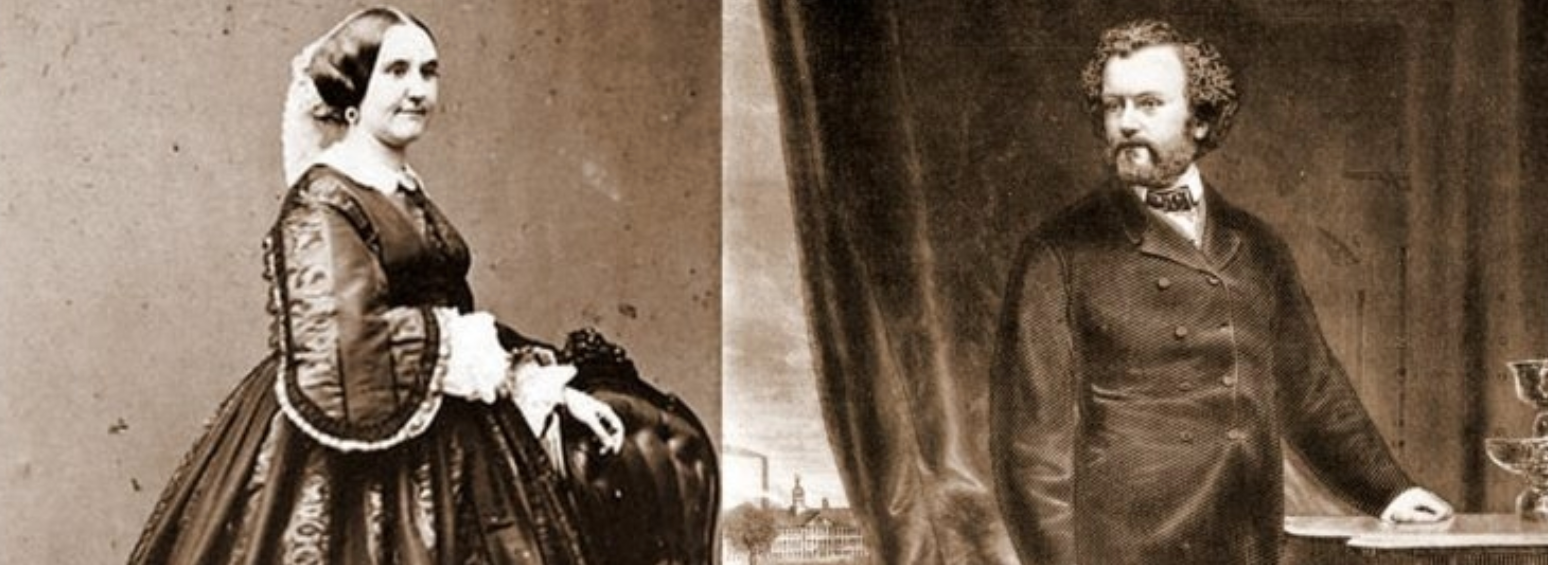
During the late 19th and early 20th centuries, Punta Gorda became a popular winter resort for the nation's wealthy, who were looking to enjoy all that the local waters had to offer. The family of Samuel Colt, founder of the Colt Firearm Company, was one of them. During the winter of 1893, Mrs. Elizabeth Hart Colt, his widow and daughter of an Episcopal minister, donated $1,000 to the construction of the first Episcopal church building in Punta Gorda. This generous donation reportedly covered the cost of all the lumber used to construct the new church.
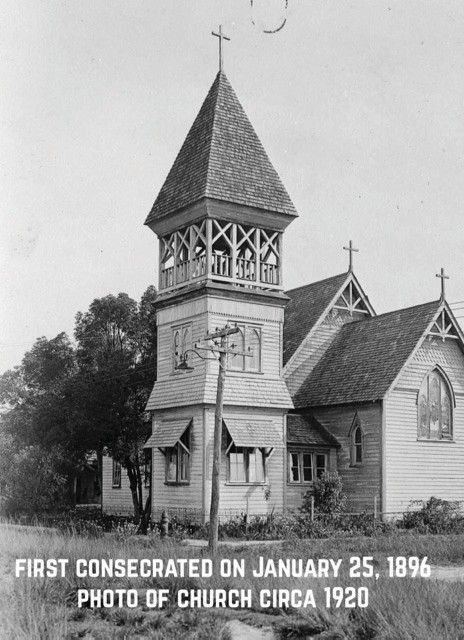
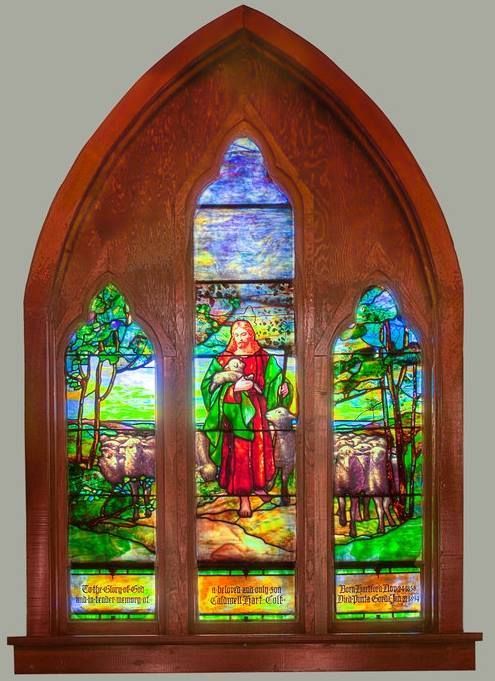
Less than a year later, Mrs. Colt’s only surviving child, Caldwell Hart Colt, a world-renowned yachtsman, tragically and mysteriously drowned in Charlotte Harbor. This prompted Mrs. Colt to donate the Tiffany Chancel Window of The Good Shepherd, which still serves as a focal point. At the same time, his aunt, Hettie Hart Beech, donated the stone baptismal font still in use today. The women requested the name of the mission be charged from St. James to The Good Shepherd, after Mrs. Colt’s home parish in Hartford, Connecticut. The completed building was consecrated on January 25,1896 by Bishop Gray.
The years that followed were full of changes, many of them brought on by natural disasters, such as hurricanes. In 1896, a hurricane blew the nave into the churchyard, and the belfry was thrown into the street.
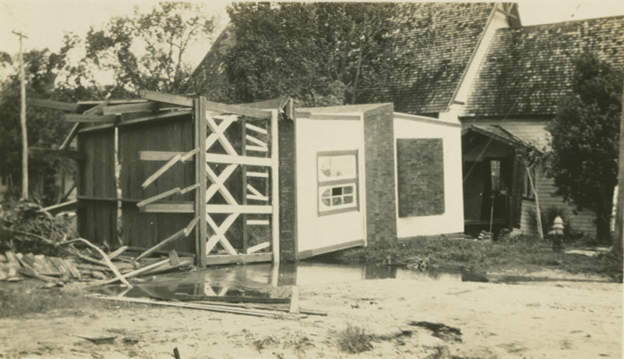
Another hurricane in 1926 damaged the bell tower requiring it to be rebuilt. Punta Gorda remained a small community with an economy centered around commercial and recreational fishing and tourism until after World War II. During this time Good Shepherd had a succession of priests who served for short periods with the church remaining closed between their tenures. One such period extended from the fall of 1937 until June 1945, when the church was reopened and again served by a series of short-term priests. Then in April 1948, The Rev. John E.M. Massie became Vicar of Good Shepherd serving until December 1957. Rev. Massie also served St. Andrew’s, Boca Grande and St. Edmund Martyr’s, Arcadia, where he resided.
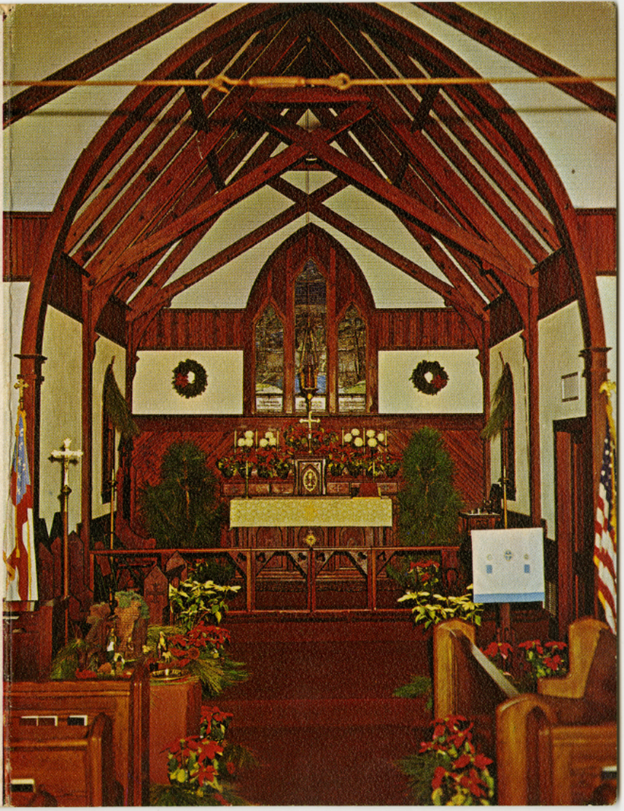
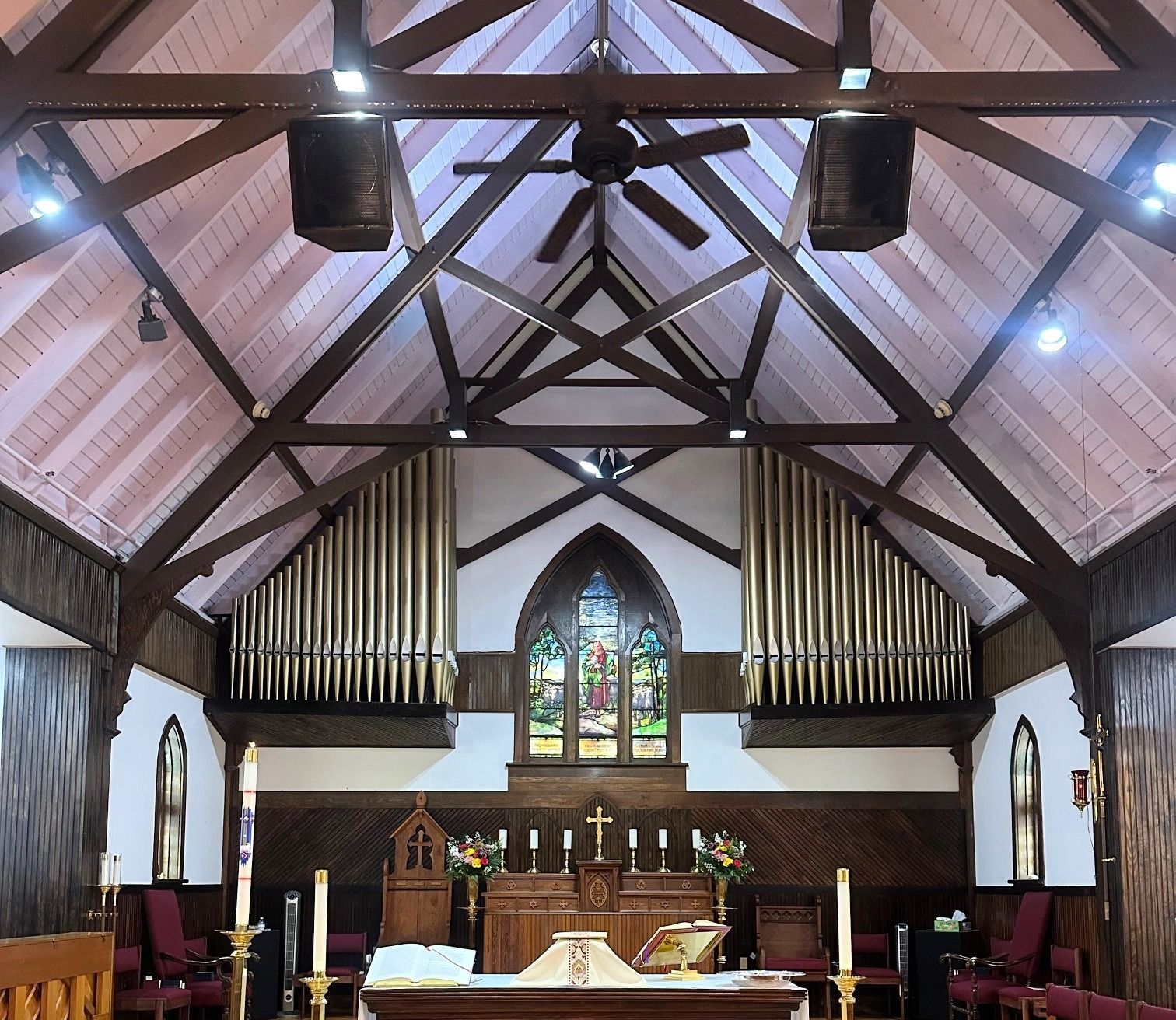
In February 1958, The Rev. J. Saxton Wolfe became the first resident priest at Good Shepherd since 1937. His stay was brief, and in 1959, The Rev. James D.B. Hubbs, was appointed Vicar and guided the church during its years of rapid growth. In the mid 1960's Good Shepherd was admitted as a parish and Father Hubbs became its first Rector. This was a time of continued growth and Good Shepherd was responsible for the formation of two mission congregations, St. James, Port Charlotte and St. Nathaniel's, North Port. The Good Shepherd Day School opened its doors in 1963.
During the 1970's growth continued at a rapid pace in Charlotte County and new church facilities were needed. In 1978 Good Shepherd broke ground at its present location. The present facilities were dedicated on May 23, 1980. In keeping with its historical roots, the interior of the present church is a type of architecture known as "Carpenter Gothic and to whatever extent possible the furnishings of the former church were integrated into the new sanctuary
In 1988 a new organ was purchased, adding the beauty and sound of real pipes for the very first time. In June 1998 Good Shepherd completed a three-year expansion program, adding more than 10,000 square feet of needed space and facilities including the Great Hall, office and meeting spaces.
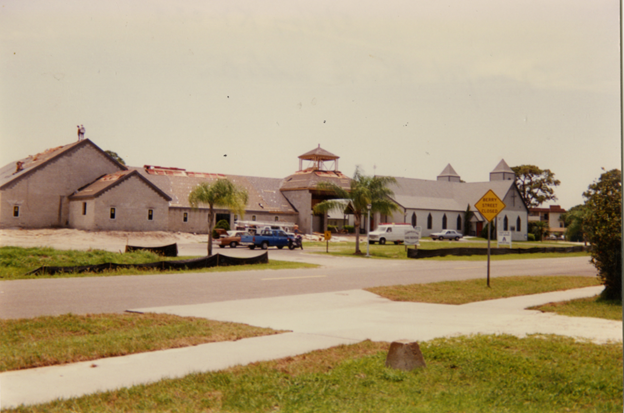
In 2004, Hurricane Charlie devastated the area, including Church of the Good Shepherd, requiring expansive repair and renovation to the altar and the purchase of a new organ. Another hurricane, Irma, impacted our area in 2017, and in 2021 we took a direct hit from the catastrophic Hurricane Ian. The resulting repairs took years to complete both in our church and community. Most recently, in the fall of 2024, our community sustained significant flood damage from the storm surges associated with Hurricanes Milton and Helene causing many to lose everything in their flooded homes.
Over the past 140 years, the environment of the Charlotte Harbor area has both provided a living and been an unpredictable threat to its residents. The waters of the Peace River and Charlotte Harbor enjoyed by the sportsman tourists of the late 19th and early 20th centuries continue to draw the retirees and tourists of today. Our beautiful location comes with a cost of increased storm risks. The Church of the Good Shepherd has survived many storms. We are survivors, guided to peace and safety, finding security in the One after whom we are named. Thanks be to God.
